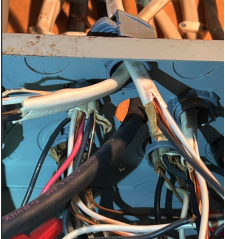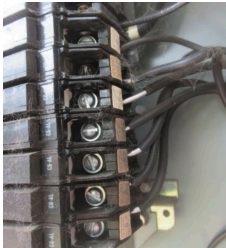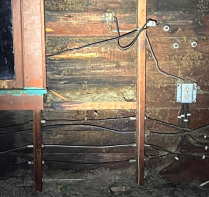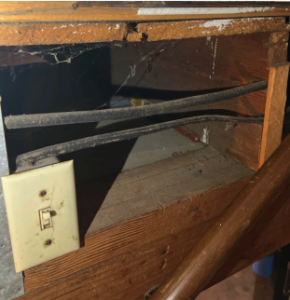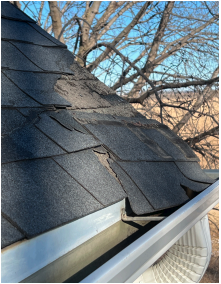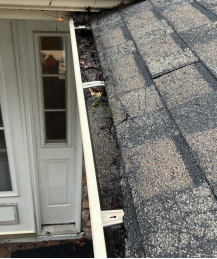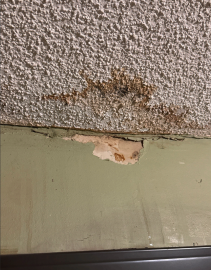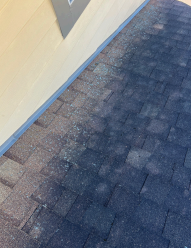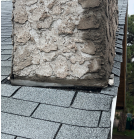Irrigation Inspections: Why They Matter in a Home Inspection
When most people think of a home inspection, they picture foundations, roofing, plumbing, and wiring, but one system often goes unnoticed: the irrigation system. At Northwoods Home Inspection Group, we believe every part of a property matters, especially those that protect your home’s foundation and landscape. Whether you’re buying a home, selling, or simply maintaining your property, here’s why an irrigation inspection is a smart investment.
What Is an Irrigation Inspection?
An irrigation system (commonly referred to as a sprinkler system) distributes water throughout
your lawn and landscaped areas. It typically includes:
- Sprinkler heads
- Control valves and zones
- A timer or smart controller
- Piping (often underground)
- Backflow prevention devices
- Moisture or rain sensors
Our inspection focuses on all visible and accessible components of this system. While we don’t dig or service buried lines, we check everything we can see and test the operation to help you understand its current condition.
What We Look For During an Irrigation Inspection
As part of your home inspection, we check each accessible zone of the irrigation system and evaluate for:
- Leaks or pooling water may signal broken lines or valves
- Non-functioning sprinkler heads (not popping up, not spraying)
- Misdirected spray that wastes water or hits siding, windows, or driveways
- Uneven coverage that causes dry spots or overwatering
- Damaged, clogged, or tilted heads that reduce system efficiency
- Controller/timer issue,s like incorrect programming or failed components
- Backflow concerns (visual inspection only)
- Signs of erosion or soil damage caused by water overuse or runoff
Why It’s Important for Homeowners and Buyers
1. Prevent Property Damage
A malfunctioning irrigation system can cause water to pool near your home’s foundation, seep into basements, or erode landscaping, which can lead to expensive repairs over time.
2. Save Water and Money
Leaks, misaligned sprinkler heads, or outdated timers can waste thousands of gallons of water every year. A quick inspection can catch these issues early, helping you lower utility costs and reduce water waste.
3. Protect Landscaping Investments
Dead grass, oversaturated plants, and eroded soil reduce curb appeal and home value. A healthy irrigation system helps maintain the appearance and health of your yard.
4. Know What You’re Buying
If you’re purchasing a home, the irrigation system is often excluded from standard home warranties and may not be covered during appraisal. An inspection ensures you’re aware of any problems before closing.
When to Schedule an Irrigation Inspection
We recommend an irrigation inspection in the following situations:
- Before buying a home
- Annually, for routine maintenance
- Before listing your home to ensure all systems are working
- After seasonal changes, like winter freezing or dry summers
Final Thoughts
An irrigation system may seem minor compared to your roof or HVAC system but it plays a key role in protecting your home’s foundation, preserving your landscape, and managing water usage efficiently. That’s why at Northwoods Home Inspection Group, we take the time to inspect it carefully during your home inspection. If you’re scheduling a home inspection, be sure to ask us about including an irrigation system evaluation. We’re here to help you make confident, informed decisions, inside and out.

